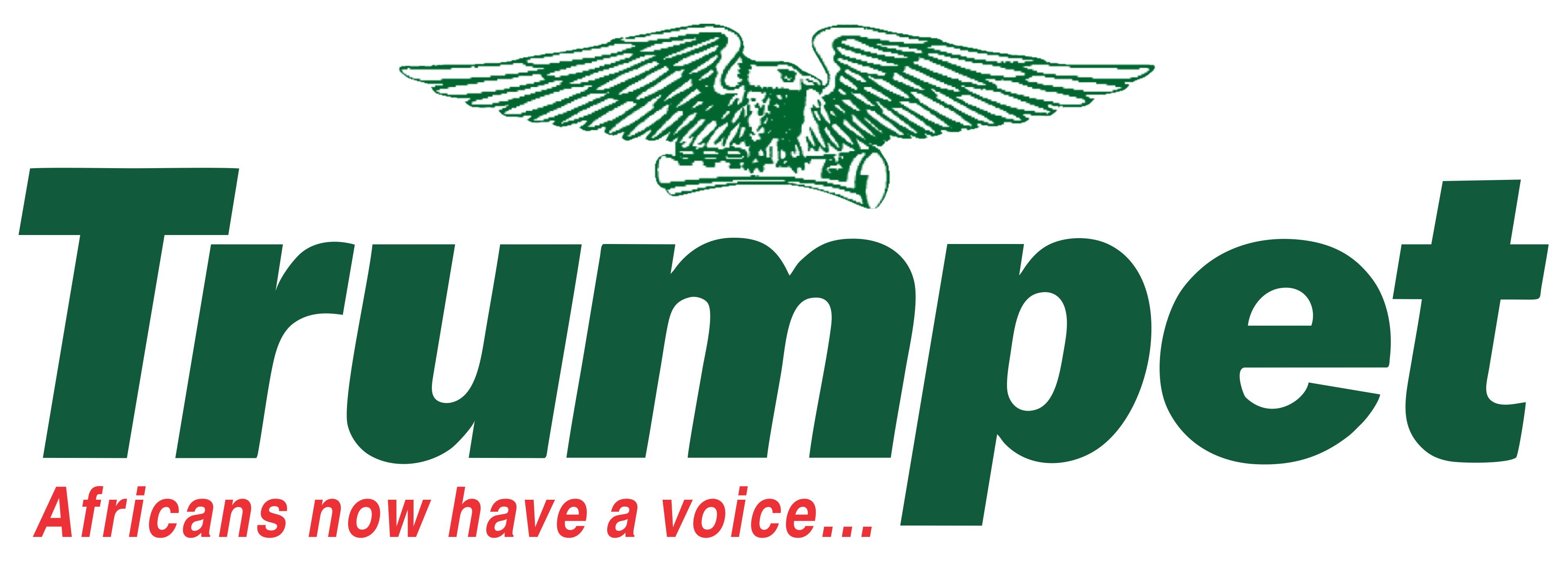After having no luck in Germany, a 41-year-old Nigerian-European mother has launched an urgent appeal to members of the UK public to help her find her stem cell match.
Since 2018, Astrid (Ada) has been fighting Acute Myeloid Leukaemia (AML). The diagnosis came as a shock to the mother of two, unaware that her symptoms - a fever, inflamed mouth and throat, would be quite so devastating. She has been through five rounds of chemotherapy, and this month she will continue with maintenance therapies, but her time is running out. Astrid has been informed by doctors that the search for her lifesaver is becoming very urgent in order to give her a second chance at life.

Astrid (Ada)
Astrid and her husband Florian, 43, who have already launched an appeal in Germany, through Blood Cancer charity – DKMS; are now turning to the UK for help as London has the largest Nigerian Diaspora in Europe. This is important because a potential donor must have similar tissue typing as possible to Astrid’s, who is of Nigerian (Igbo ethnic group) and European origin. Only 1 in 3 people with a blood cancer (and in need of a donation) will find a matching blood stem cell donor within their own family – 2 in 3 need to look outside of this and rely on a complete stranger to help save their life. So far Astrid has not found her match yet.
Anyone aged between 17 and 55 and in general good health can take the first steps to register as a potential blood stem cell donor. The probability of finding a matching blood stem cell donor is lower for those of diverse black, Asian and mixed race (BAME) ethnicity – there is an urgent need for more BAME blood stem cell donors. Therefore, the family is particularly calling on more people from this group to join the registry.
The shortage of registered BAME donors means that people from BAME backgrounds have only a 20% chance of finding a match, compared to 69% from northern European background. This is due in part to the low numbers of donors registered from those backgrounds, and because BAME patients tend to have more varied tissue. It was crucial for Astrid to bring her search over to the UK in order to increase the probability of finding a match because the UK society, particularly in London, is much more diverse.
DKMS is asking people to request a home swab kit online, swab the inside of your cheeks and ensure that you post the kit back, so your details can be added to the UK’s aligned Stem Cell Registry. You will then go on standby to help Astrid or one of the around 2,000 people in the UK in need of a blood stem cell transplant every year.

Astrid
If you are identified as a matching donor for someone, like Astrid, there are two methods you can donate your blood stem cells. In 90% of donations, it involves blood being taken from one of the donor’s arms and passed through a machine that separates the blood stem cells. The donor’s blood is then returned to them through their other arm. The remaining 10% of donations are made through a bone marrow collection.
For most people, there is no single cure. But if Astrid receives a blood stem cell donation from a genetically similar person, this can offer her a second chance at life.
Visit dkms.org.uk to register as a potential lifesaver or learn more about Astrid’s story at www.help-astrid.com.
